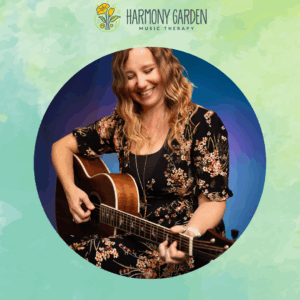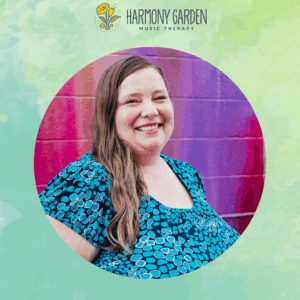So What Does That Look Like Exactly? Part IV: Improvisation
Most people I meet don’t have a clue what I do as a Board Certified Music Therapist. It’s hard to conceptualize something you’ve never seen or experienced before, and because music therapy is used in such broad populations (medical, psych, school, special needs, veterans, all ages, etc.) and for such widespread goals, sometimes it’s hard to keep track of it all!
When I was in college, my teacher broke down music therapy interventions into four main categories to help us keep it all straight:
-
- Receptive Music
- Re-creative Music
- Composition
- Improvisation
To improvise means to create or perform spontaneously or without preparation, but these interventions can be structured or unstructured, vocal and/or instrumental, serious or lighthearted.
Before improvising, it is the music therapist’s job to first set up the intervention for success. This could mean intentionally choosing and setting up instruments for ability or orchestration, providing a prompt, creating a safe musical space for the clients, and/or priming the group with demonstrations of ways to play each instrument.
During the intervention, it is the therapist’s job to musically support, guide, reflect, challenge, and move with the client or clients.
After the intervention, a music therapist might sit silently with the clients in the music that was created and the experience that was had, allow for the client to make a comment if desired, or begin a discussion to give words to the experience or bring some relevant idea to consciousness.
These experiences can be powerful in exploring relationship dynamics between family members, beliefs about oneself, or simply expressing oneself non-verbally.
On the complete other side of the spectrum, improvisation can be used in a much more lighthearted way, say, as a music therapist improvises a silly song with a child to promote developmental, speech, emotional, movement, or any other applicable goal areas.
The best part about improvisation is that since you’re making it up, you cannot make a mistake. The meaning is not found in the perfection, but the process.




